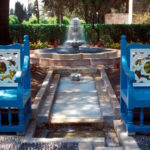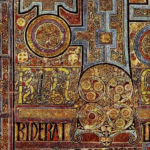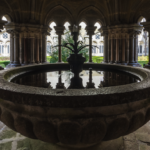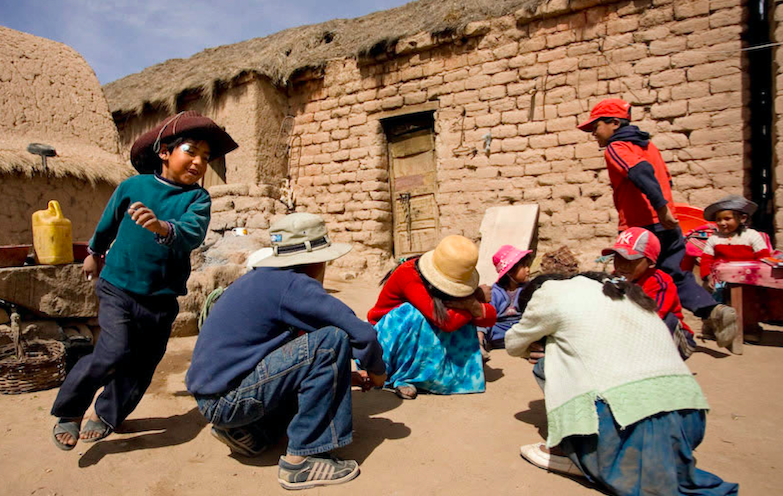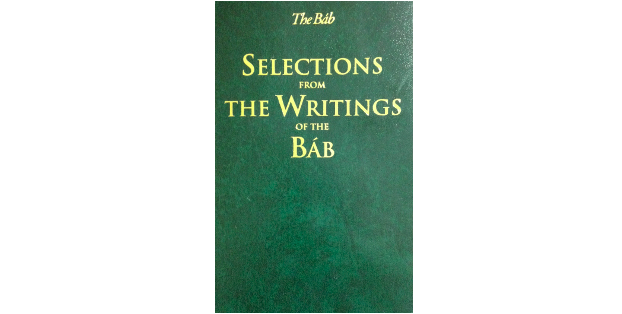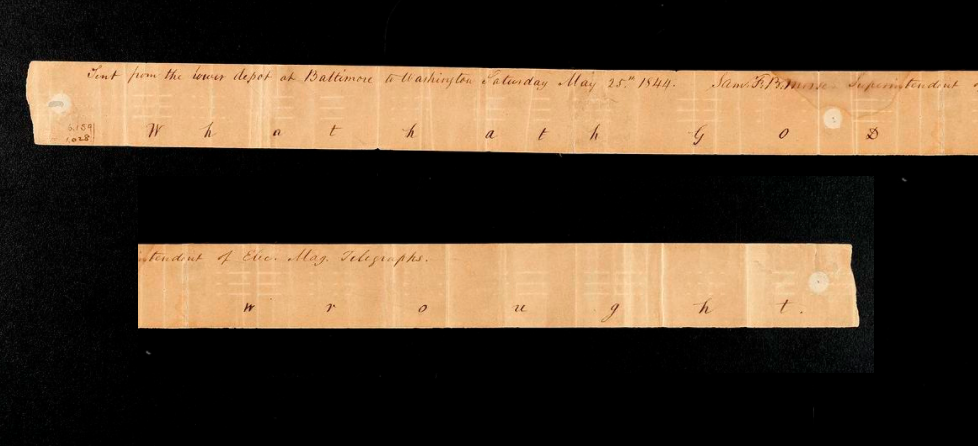
What hath God Wrought? 24 May 1844

We live in the most remarkable of times. The transformation of the material conditions of humanity has a cause. Do we really believe that the human beings who came before us were incapable of what we see in the world today? Great civilizations have come before in history – yet none of them broke out of the same reality that has existed since the dawn of agriculture.
It is only in this time that humanity has passed into an entirely new reality. It has a cause. A cause larger than humanity itself.
In 1844, in Shiraz, the Bab, Baha’u’llah’s immediate forerunner, spoke these words:
The secret of the Day that is to come is now concealed. It can neither be divulged nor estimated. The newly born babe of that Day excels the wisest and most venerable men of this time, and the lowliest and most unlearned of that period shall surpass in understanding the most erudite and accomplished divines of this age.[1]
A short time before, on the other side of the planet on 24 May 1844, within a day of the Bab’s declaration of his mission, Samuel Morse, the inventor of the telegraph sent its first message from Washington to Baltimore. The message read as follows: What hath God Wrought? , citing a passage from the Bible.
Back in Persia, the Bab’s open proclamation of his mission was quickly followed by his house arrest and then imprisonment in the remote mountains of north-west Iran. Despite this he wrote his major work – the Bayan (“the recitation”).
In this and other writings and teachings the Bab pointed to Baha’u’llah who he referred to as “Him Whom God Shall Make Manifest”. The Bab told one disciple that he would live to see him. To another discipline he wrote that he would meet him face to face. To Mulla Husayn, he said that the city of Tehran (where Baha’u’llah was born and living) had a hidden mystery that neither Shiraz (i.e himself) nor Mecca (i.e Muhammad) could rival. While in the remote prison of Mahku, he told yet another disciple that he would meet Him Whom God Shall Make Manifest in Karbila.[2]
Although the Bab would not himself live to see that day, these are his words, from his own writings.
“I Myself am but the first servant to believe in Him and in His signs.”
“The Bayan is from beginning to end the repository of all His attributes and the treasury of both His fire and His light”
“The year-old germ that holdeth within itself the potentialities of the Revelation is endowed with a potency superior to the combined forces of the whole of the Bayan.”
“The whole of the Bayan is only a leaf amongst the leaves of His Paradise.”
“If thou attaineth unto His Revelation and obeyest Him, thou wilt have revealed the fruit of the Bayan.”[1]
These words, in the original Farsi and Arabic, have been wonderfully set to music by Smith and Dragoman in their song, the Divine Tapestry.
Image from the Smithsonian Museum. Reproduced under site licence.
http://americanhistory.si.edu/collections/search/object/nmah_713485
A black and white version of the outward message sent by Samuel Morse at 8.30 am 24 May 1844 can be seen at https://www.loc.gov/item/mmorse000107/
(This article is the 88th in a series of what I hope will be 200 articles in 200 days for the 200th anniversary of the birth of Bahá’u’lláh. The anniversary is being celebrated around the world on 21 and 22 October 2017, The articles are simply my personal reflections on Bahá’u’lláh’s life and work. Any errors or inadequacies in these articles are solely my responsibility.)
